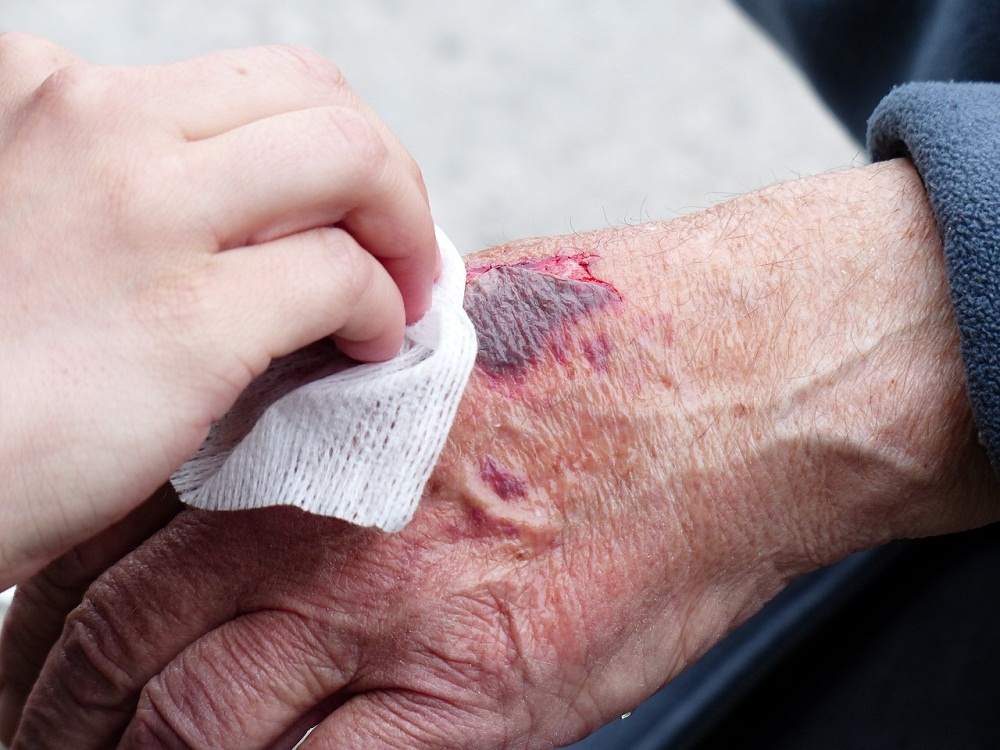Whether it’s playing video games or doing virtually any task at work, you place your hands under considerable strain each day. Yet despite this, people often overlook the real potential of hand injuries occurring.
According to statistics, each year, 1 million workers visit the ER due to a hand-related injury. While serious injuries can have a large negative impact on one’s quality of life, even minor issues pose the potential to afflict how someone works or goes about their day.
Consequently, it’s essential that you take the necessary steps towards treatment if you were to suffer hand damage. This article explains how to treat five common hand injuries.
1. Sprain
A sprain occurs when your ligaments are damaged. The severity of a sprain can differ, with a minor sprain indicating a mild ligament tear while a more serious injury could result in a full ligament rupture.
Hand sprains are common because when you fall and need to catch yourself, you do so with your hands. This can lead to your hands bending unnaturally, which, oftentimes, strains your ligaments.
The good news is spraining generally heal without needing to receive medical treatment. First, start by applying something cold to the damaged area to reduce swelling. Then to avoid further aggravation, it’s recommended to wear a splint. If you’ve sprained your thumb, for example, you could use a specialist thumb support glove – found at www.podobrace.co.uk – to limit movement and ensure the injury heals quicker.
2. Soft tissue injury
Soft tissue problems happen when your tendons, which aren’t as strong as your ligaments, are injured. This is a common issue because frequent hand or wrist motions lead to soft tissue issues, and it can affect everyone, from baseball pitchers to office workers.
If you suffer from a soft tissue injury, also known as tendonitis, you might require physical therapy if the severity is high enough. This can ultimately assist you with regaining total hand/wrist movement.
3. Laceration
A laceration, or cut, is understandably one of the most common hand injuries. There are many different situations where a laceration can strike, from chopping onions to opening plastic packaging.
Antibiotic ointment and a bandage will solve superficial wounds. For deeper cuts, apply pressure to stop the bleeding. Stitches might be required if the bleeding cannot be stopped or if the cut is so severe bone is visible.
4. Bone injuries
Each hand contains 27 bones, which means opportunities for fractures and dislocations are aplenty.
Fractures happen when a bone suffers a break or crack. A cast might be required if extensive treatment is required for a full break, although a mild fracture remedy may only require the use of a splint.
Dislocations are when a bone is shifted out of place and no longer aligns with the joint correctly. A serious hand or wrist dislocation could require therapy as part of the healing process.
5. Burns
Hand burns are often the result of someone not paying attention while cooking. Fortunately, the treatment for superficial burns is generally just running the burn under cold water. A bandage over the wound can also help.
If the burn has caused the skin to appear charred or white, or the wound is oozing or appears infected, you should visit the doctor immediately.



